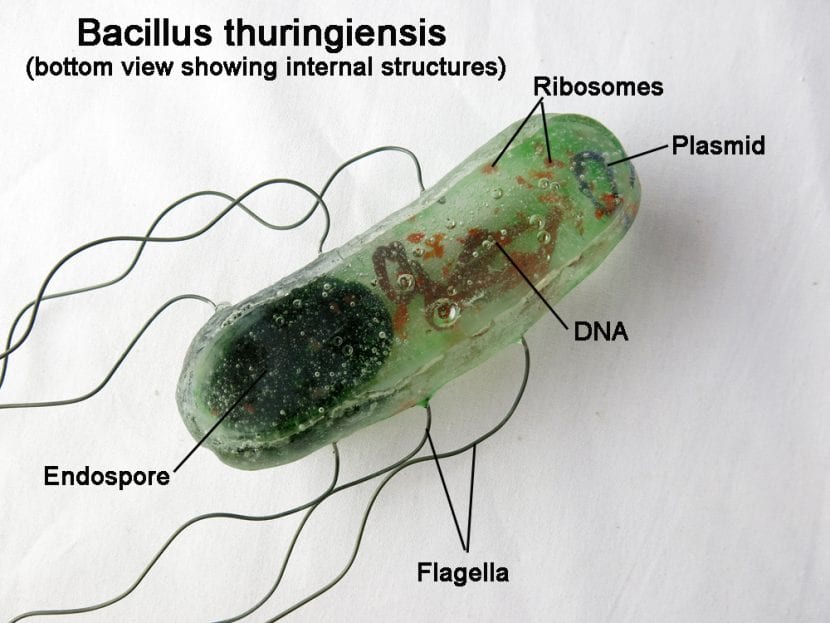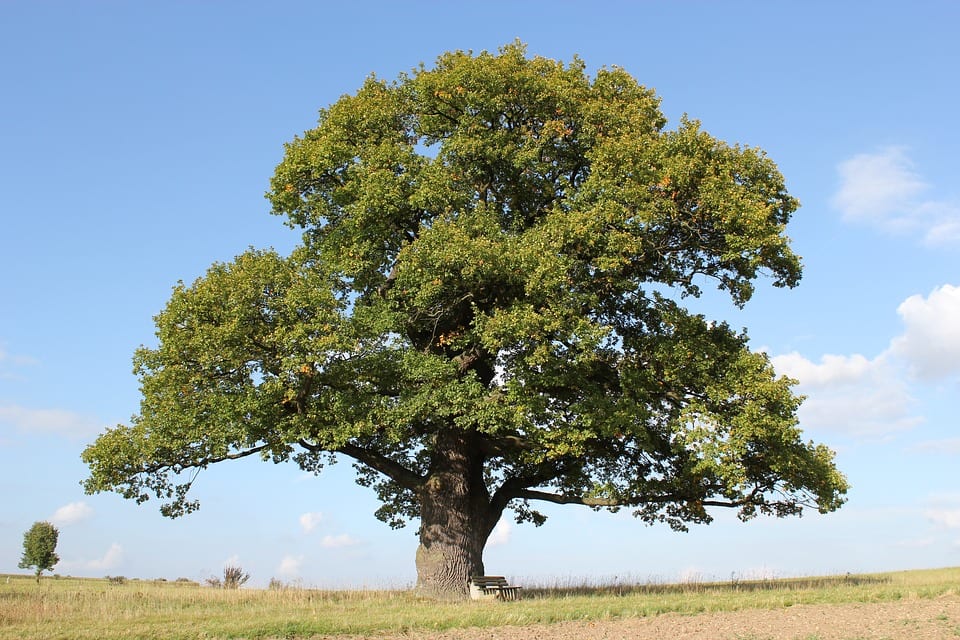
Image - Wikimedia / Kurt Kulac
Trees, especially those that bear edible fruit, are highly vulnerable to attack by pests and disease-causing microorganisms. If we focus on those of the Quercus, and especially the oaks and holm oaks, the viridan tortrix It is an insect that it is important that we know about the damage it can cause.
It is a winged insect of a pretty green color, but in the larval stage it has a voracious appetite. So let's see what measures we should take so that it does not cause us problems.
What is it?

Image - Flickr / Donald Hobern
La viridan tortrix, known by the common names Piral del Roble and Piral de la Encina, is a lepidopteran native to the broadleaf forests of Europe, North Africa and Asia Minor. It is very small in size, 18 to 23mm, with dark rear wings with white spots and the previous ones pale green.
Its biological cycle is as follows:
- Laying: the female for about 60 eggs, which are covered with a binder. Each post is 1,25-1,35mm long and 0,90-0,95mm wide.
- Caterpillar:
- First stage: it is light gray with a black head. It measures about 1,8mm.
- Second stage: it is hazel in color, tending to greyish. It measures about 4mm.
- Third stage: it is similar in color to the previous stage, but it is larger, 7mm.
- Fourth stage: it is similar to the previous stage, but measures 10mm.
- Fifth stage: it is leaden in color, with pale black legs. It measures from 15 to 19mm.
- Chrysalis: it is dark brown, elongated and measures 9-11mm in length by 2-2,5mm in width.
- Adult: it becomes a winged insect, greenish in color. Males and females are not differentiated at first glance.
What are the symptoms and damage it causes?
If we have affected plants we will see the following symptoms / damages:
- Leaf bites
- Premature fall (defoliation)
- Growth slowdown
- General appearance »sad»
How is it treated?
Natural methods

Image - calebdr7.wixsite.com
Can be dealt with parasitesand pimpla maculator, or the Phaeogenes stimulator, that get to parasitize almost eighty percent of the plague. Another very interesting option is to deal with Bacillus thuringiensis.
Chemical methods
It deals with pyrethroids, by dusting.
Now you will know what to do when you see the viridan tortrix fluttering through your Quercus 🙂.
